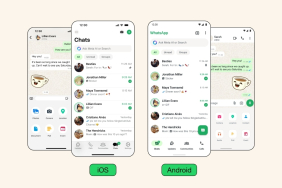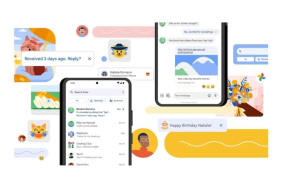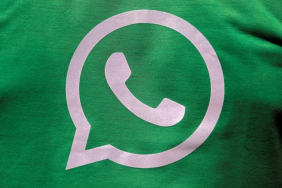YouTube is reportedly exploring new methods to combat the use of third-party ad blockers, aiming to boost revenue from users who have not subscribed to YouTube Premium. The proposed change could involve integrating ad streams with video streams, making it more challenging for browser plugins to block advertisements. This comes on the heels of user complaints about videos automatically skipping to the end when third-party ad blockers are active on the platform owned by Alphabet.
YouTube May Integrate Ads with Video Streams
A post by SponsorBlock, a plugin that allows users to skip sponsored segments in YouTube videos, has suggested that YouTube is testing a method of server-side ad injection. Currently, ads and video content are treated as separate components, with the player pausing the video to show ads at designated times.
YouTube is currently experimenting with server-side ad injection. This means that the ad is being added directly into the video stream.
This breaks SponsorBlock since now all timestamps are offset by the ad times.
— SponsorBlock (@sponsorblock@fosstodon.org) (@SponsorBlock) June 12, 2024
With the integration of ad streams into the video flow, the effectiveness of third-party ad blockers could be significantly diminished, according to SponsorBlock. The open-source extension indicated that it might face difficulties in functioning correctly if server-side ads become standard, since “all timestamps are offset by the ad times.”
YouTube Ongoing Crackdown on Ad Blockers
Last month, users who had ad blockers activated reported issues, stating that videos began to skip to the end automatically. A user on the YouTube subreddit highlighted their inability to watch content while an ad blocker was in use, noting that attempts to skip to specific parts of the video resulted in it fast-forwarding to the end.
In some situations, users who managed to bypass the automatic skipping experienced another problem: the audio would not play. Although they could view the video, the absence of sound rendered it nearly unwatchable.
This ongoing effort to manage ad blockers is believed to be part of YouTube’s broader initiative against such tools. According to the platform, these ad-blocking programs contradict the terms of service associated with its API.






